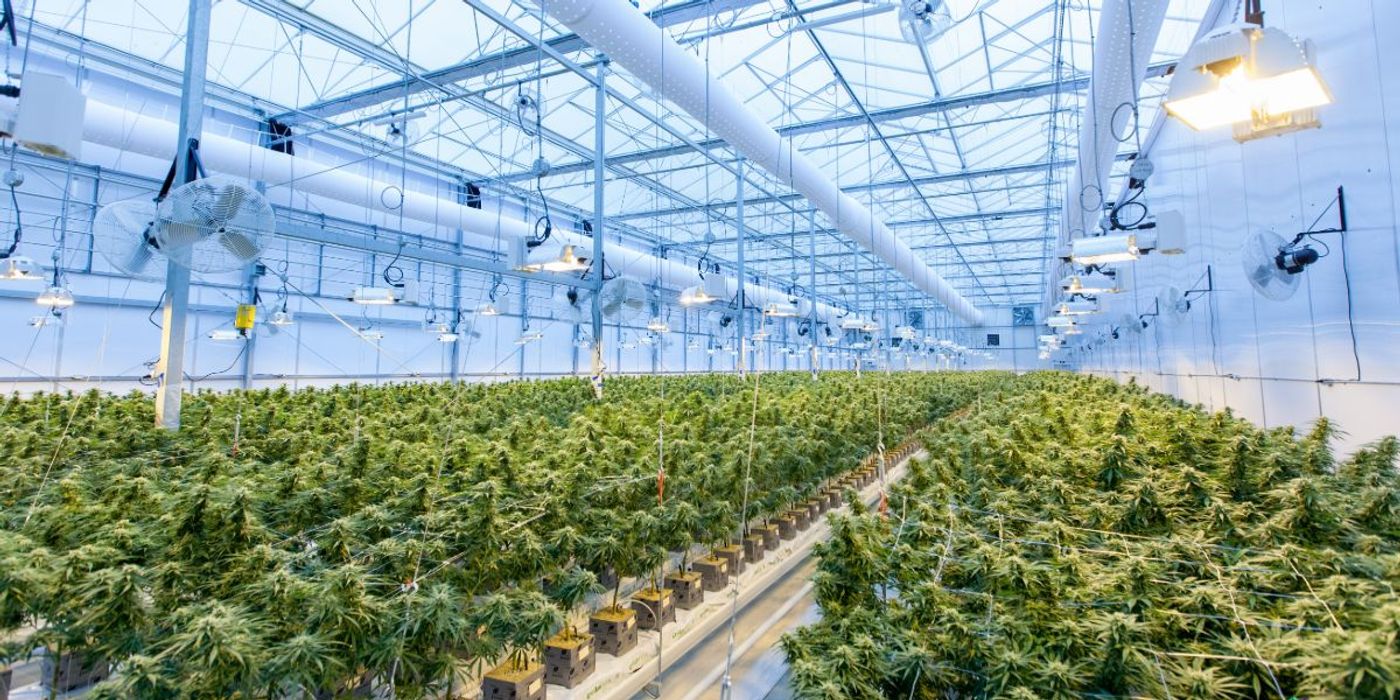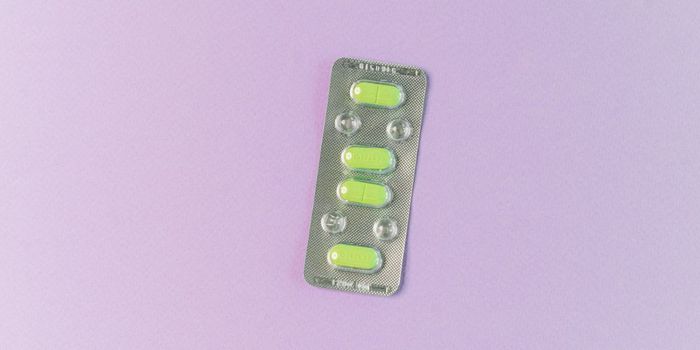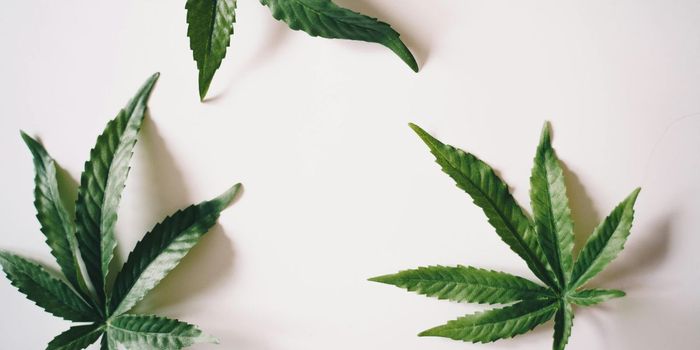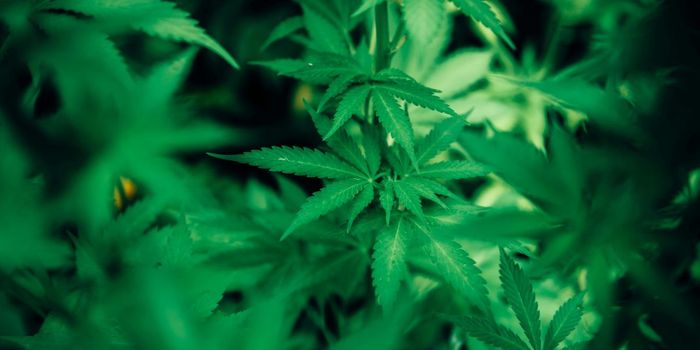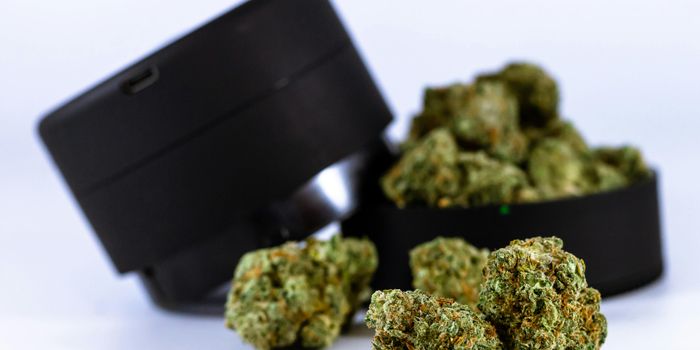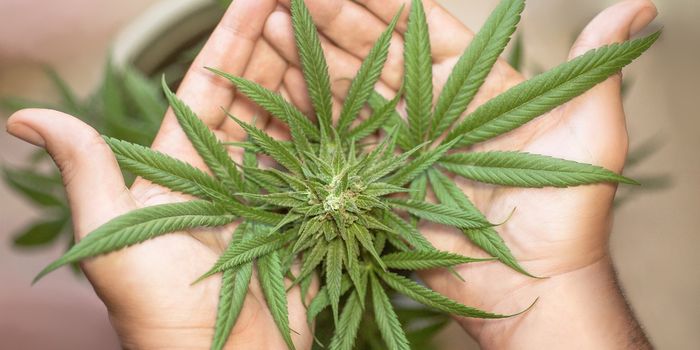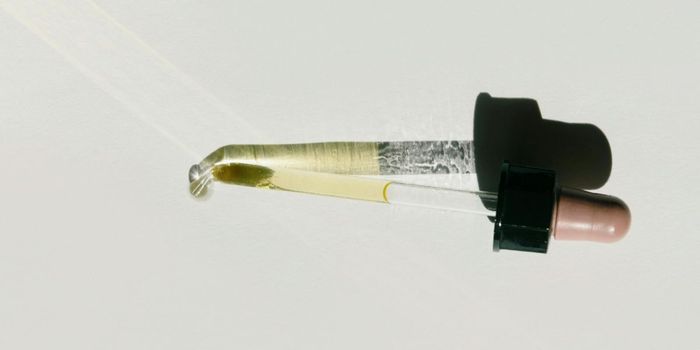Researchers Debunk Cannabis Growing Myths
Researchers at Utah State University grew cannabis to study until the Controlled Substances Act came into force in 1970. Now legal to grow and study once more, researchers at the university have resumed their studies, and have chosen to start by debunking many of the hemp an cannabis- growing myths out there.
The cannabis flower contains at least 66 different kinds of cannabinoids. Tetrahydrocannabinol (THC), known as cannabis's psychoactive ingredient, and cannabidiol (CBD), known for its pain-relieving and relaxing properties, are the most well-known. While cannabis plants with more than 0.3% THC concentration are known as marijuana, those with less THC are regarded as hemp.
As the practice of growing hemp and marijuana was illegal for so long, the researchers felt it important to debunk claims associated with growing the plants.
"All these people that have been growing it illegally, they didn't study science in school, like biology and all the principles, so they make a lot of observations and a lot of bizarre conclusions," says Bruce Bugbee, the professor at the Utah State University who is overseeing the project. "Like you need to plant at the full moon … and the world of cannabis is full of stuff like that."
In January, Bugbee posted a video to Youtube to disprove the claim that specific colors of light produce higher yields.
Since then, the researchers have also debunked the claim that cannabis requires large amounts of phosphorus to produce more flowers- the part of the plant where CBD, THC, and other cannabinoids are found. Ineffective in increasing yield, they also say that using phosphorus to grow the plants goes on to pollute lakes and rivers, increasing algal bloom and ultimately choking fish out downstream.
While debunking growing claims in indoor greenhouses that can be tailored for practically every aspect of the plant's life is relatively easy, the researchers say that conducting outdoor experiments is more finicky and thus more challenging. This comes as herbicides to defend the plants are allegedly difficult to come by, and as hemp should generally be planted from cloned cultivars.
Sources: Chicago Tribune, Apogee Instruments
